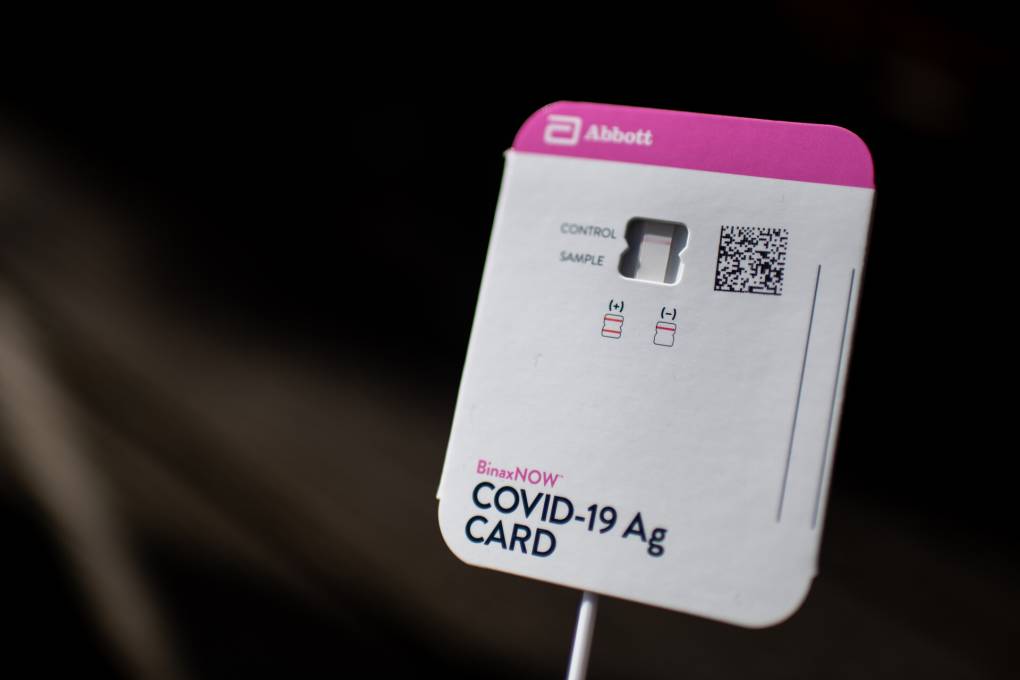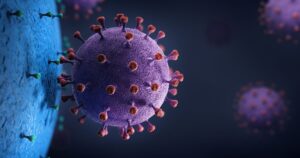
SAN FRANCISCO – The emergence of the Nimbus COVID-19 variant, known for causing severe sore throats, has raised concerns among health professionals and the public alike. Dubbed the “razor blade throat” variant, NB.1.8.1 is a descendent of the omicron variant and presents symptoms familiar to past COVID-19 strains, with a particularly painful twist.
Immediate Impact of the New Variant
The Nimbus variant has not introduced any unexpected symptoms, but its hallmark is a notably painful sore throat. Descriptions from patients liken it to “being burned by acid” or having a throat “coated in broken glass.” This symptom has become a defining feature of the variant, prompting discussions about its impact on the upper respiratory tract.
Key Details Emerge
Dr. Chin-Hong, an infectious disease specialist, explains that the omicron variant, including its descendant Nimbus, tends to prioritize the upper respiratory tract rather than the lungs. A 2022 study from the United Kingdom highlighted that up to 70% of those infected with omicron variants reported sore throats, a higher proportion than earlier variants.
CDC’s List of Possible COVID-19 Symptoms:
- Fever or chills
- Cough
- Shortness of breath or difficulty breathing
- Fatigue
- Muscle or body aches
- Headache
- New loss of taste or smell
- Sore throat
- Congestion or runny nose
- Nausea or vomiting
- Diarrhea
Expert Analysis on Soothing Symptoms
For those experiencing the severe sore throat associated with the Nimbus variant, systemic therapies such as ibuprofen are recommended over topical treatments. Dr. Chin-Hong advises that ibuprofen is generally more effective than acetaminophen, though patients with certain health conditions should consult their healthcare provider.
Environmental and Topical Remedies
Patients may find relief through warm or cold remedies like chicken soup, lemon tea, or popsicles. Gargling salt water and using lozenges with menthol can also provide temporary relief. It’s crucial to stay hydrated, rest, and avoid smoking. A humidifier may alleviate symptoms exacerbated by dryness.
Current COVID-19 Situation in the Bay Area
Tracking COVID-19 cases has shifted towards monitoring wastewater for viral presence due to reduced testing. Despite a slight increase in COVID-19 levels in the Bay Area’s wastewater since late spring, no significant upward trend has been observed, according to Bidwell from WastewaterSCAN.
Wastewater Monitoring: Levels in the Bay Area are currently categorized as “medium,” with concentrations lower than the previous year’s summer surge.
Vaccine Efficacy Against Nimbus Variant
The COVID-19 vaccine, updated in August 2024, remains effective against the NB.1.8.1 variant. Dr. Chin-Hong encourages vaccinations, especially for those planning to travel, as protection lasts approximately a year. The vaccine is recommended for adults 18 and older, with most insurance plans covering the cost.
Testing Guidelines for Suspected Exposure
With incubation times shortening, individuals exposed to the virus are advised to test as early as two days after exposure if symptoms appear. A negative test should prompt retesting the following day if symptoms persist, as initial tests might not detect the virus early in the infection.
Ensuring Test Validity
Expired tests could yield unreliable results. The FDA provides a list of antigen tests with extended shelf lives. Ensure the control line on your test turns positive to confirm functionality. Free testing options have dwindled, but PCR tests remain available at select sites and through healthcare providers.
The announcement comes as the public navigates the ongoing pandemic, balancing new variants and evolving health guidelines. As the situation progresses, staying informed and cautious remains paramount.





